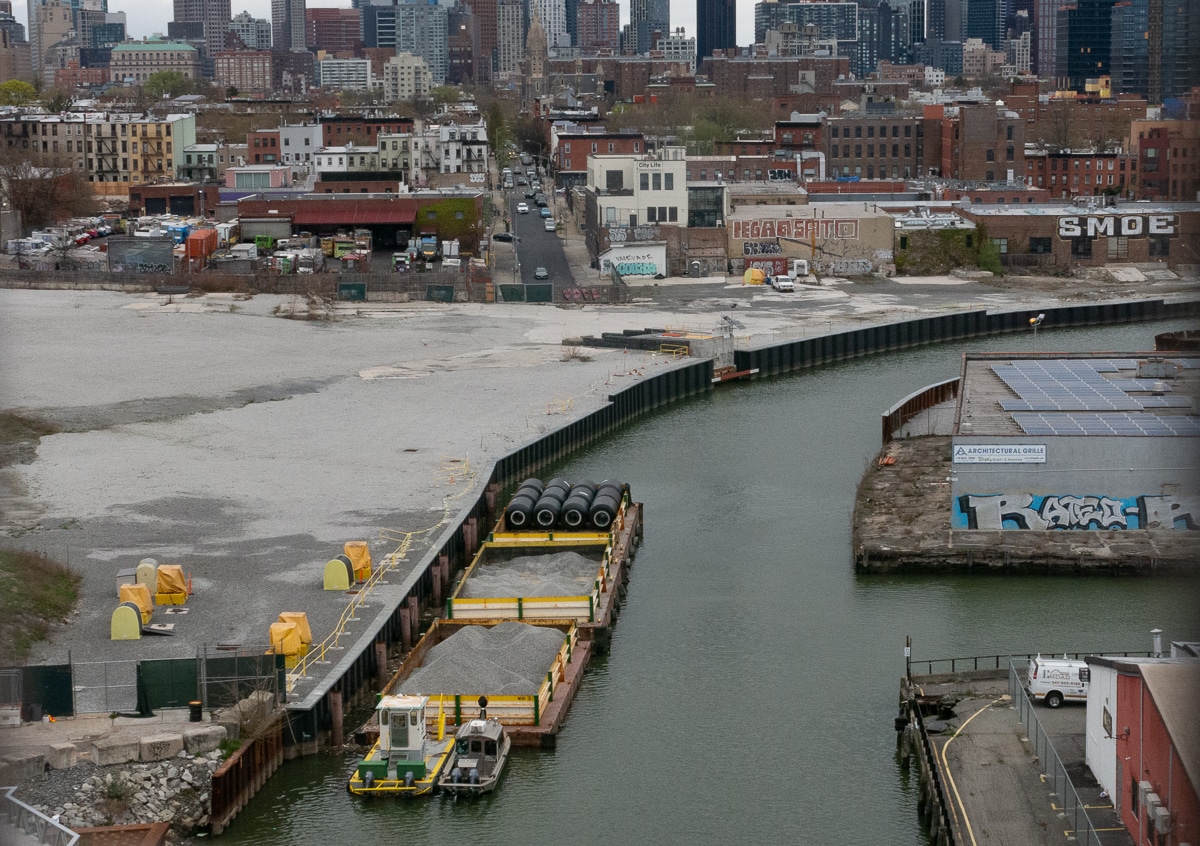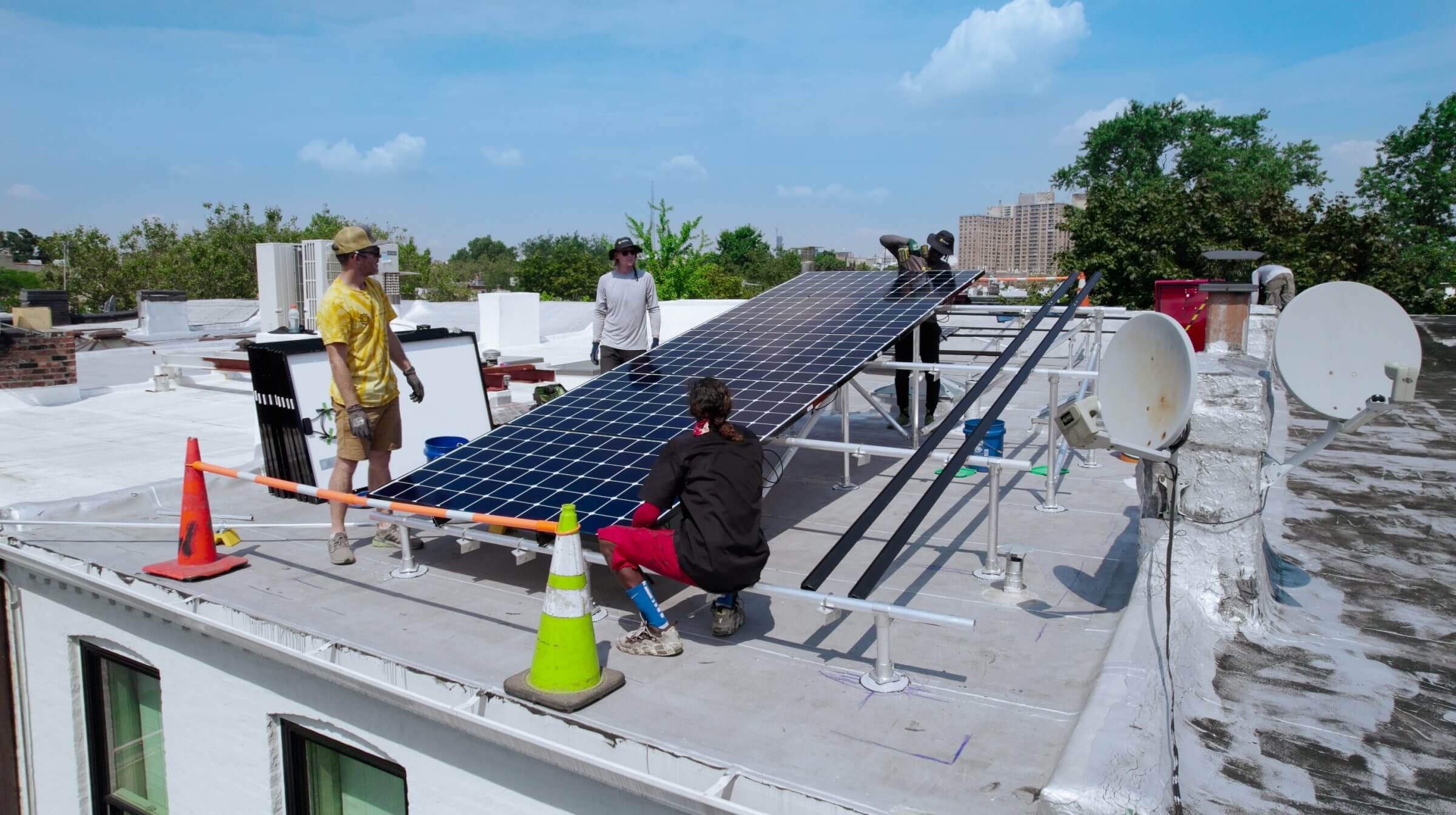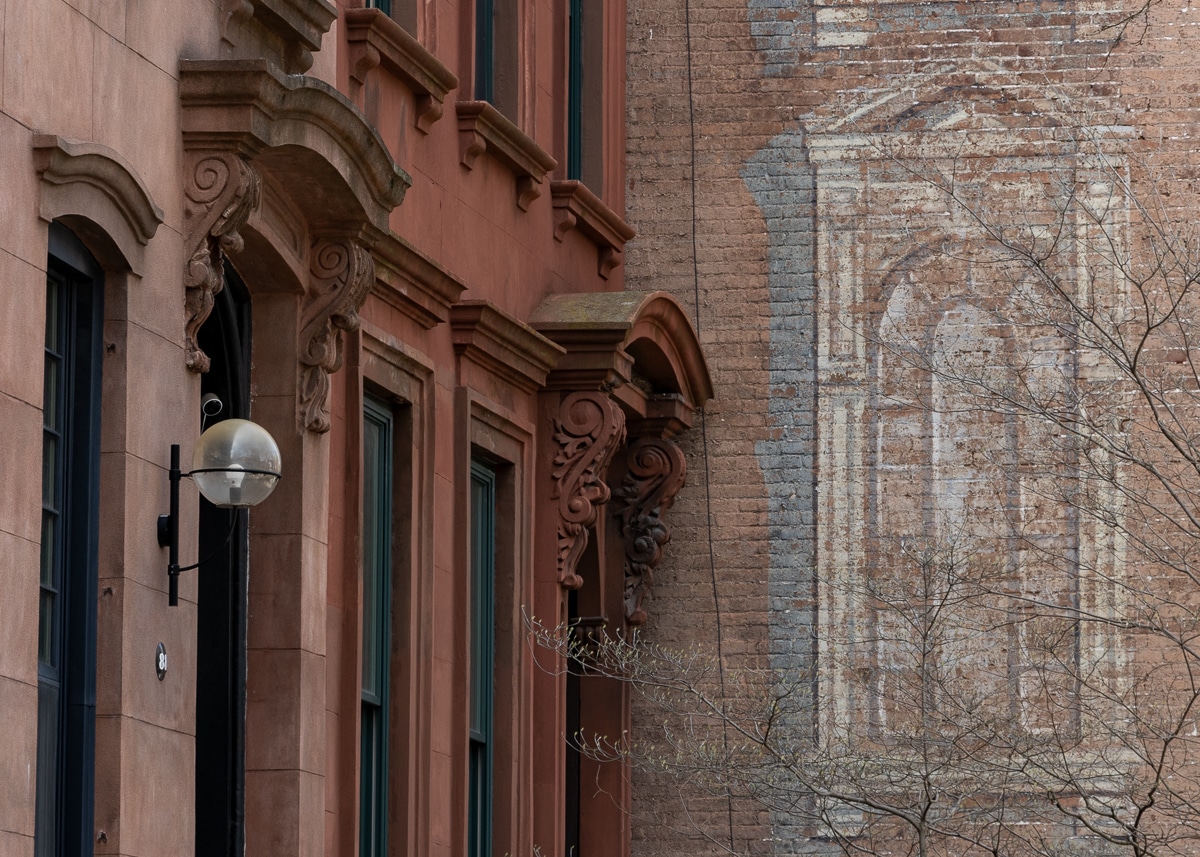Building of the Day: 1220 Surf Avenue
Brooklyn, one building at a time. Name: Former Herman Popper building Address: 1220 Surf Avenue Cross Streets: Stillwell Avenue and West 12th Street Neighborhood: Coney Island Year Built: 1904 Architectural Style: Renaissance Revival Architect: Perhaps E.H. Brinkerhoff, who did other buildings in the area for Popper Other works by architect: Many other buildings in Coney…

Brooklyn, one building at a time.
Name: Former Herman Popper building
Address: 1220 Surf Avenue
Cross Streets: Stillwell Avenue and West 12th Street
Neighborhood: Coney Island
Year Built: 1904
Architectural Style: Renaissance Revival
Architect: Perhaps E.H. Brinkerhoff, who did other buildings in the area for Popper
Other works by architect: Many other buildings in Coney Island area
Landmarked: No
The story: With a name like Herman Popper, what else could the man do but have a business on Coney Island? But Herman Popper was not a showman, or an entertainer, or owner of one of Coney’s many entertainment diversions. He was a purveyor of that substance that could make any place or occasion a Coney Island of the mind — he distilled, and was a wholesale distributor of liquor.
His business predates this building by almost 20 years, and he was a Coney Island fixture way back in the 1880s, when Gravesend and Coney Island were still debating the future of the beach community, and rich folks were traveling to the shore to take in the cooling breezes, walk along the beach, and stay at the enormous resort hotels that were being built in Coney Island and the adjoining communities along the shore.
Popper was a friend and crony of John McKane, the notorious boss of Coney Island. While all the swells were enjoying the hotels and the beach, McKane was behind the scenes, wheeling and dealing with the town, land owners, the hotel owners, and anyone who had a business, or wanted to open a business in Coney Island. Between the 1870s and end of the 1880s, he was the Man. He was notoriously corrupt, even by New York standards, and Herman Popper was one of his cohorts, supplying booze to most of the dive bars and saloons on the infamous Bowery, the seedy strip of ill repute that had grown up in Coney Island along with the more innocuous entertainment.
In 1893 and ’94, the years of corruption finally caught up to McKane, and in a series of trials, he was eventually convicted, and lost his power and his freedom. Popper was one of the men who testified on his behalf, but the evidence was overwhelming. In spite of his connections to McKane, Popper’s business did not suffer afterwards, and his name appears in the doings of committees vowing to improve Coney Island. He had a huge stake in Coney’s future, as he owned a big chunk of the land on Surf Avenue and Henderson’s Walk.
Popper was a member of the Fat Man’s Club, the kind of organization that only a wealthy overfed shark like himself could belong to. Everyone in the club had to weigh over 200 pounds, and Popper came in at 294 pounds at a weigh-in in 1890. He was made treasurer of the club, and his fellow porcines joked that “he was too fat to run away with the money.” Aside from that, not much is known about him or his personal life. I plan on revisiting Mr. Popper again. He sounds like a fascinating character.
This building was built in 1904, when Mr. Popper was establishing himself as a respectable businessman, and is a handsome Renaissance Revival building, perhaps designed by local architect E. H. Brinkerhoff, whose offices were nearby on Neptune Avenue. Brinkerhoff had designed several other buildings in Coney Island for Popper, including other structures once on this block. The best thing about the building is the copper sign reading “Herman Popper and Bro.” embedded in to the second floor entablature. The building was used as a distillery for the wholesale business.
If he wasn’t gone already by 1920, Prohibition would have ended Mr. Popper’s distillery business, or at least send it underground. The building has been used to a number of businesses and restaurants over the last ninety years. It was home to an amusement park pavilion, eateries and in the 1980s, a Carvel Ice cream franchise. It just became home to a Popeye’s Chicken, which was displaced when the Henderson building was torn down.
Aside from the ground floor’s continued alterations, the upper floors have been nicely preserved, except that the building did lose its cornice, probably years ago. Today, the top floor is an art gallery, with more upscale signage. Mr. Popper is long gone, but his building, unlike too many of Coney Island’s turn of the 20th century stock, is still here. Let’s hope it stays. GMAP
(2008 Photo: Kate Leonova for PropertyShark)












What's Your Take? Leave a Comment